Recommended for Grades 6-12
In this resource you'll:
- Learn the opera's background and synopsis
- Meet the opera's composer
In this resource you'll:
It’s “summertime, and the livin’ is easy” in Catfish row, a working-class fishing town in South Carolina. When a murder shakes the community and tempts the strongheaded Bess to return to her drug-filled past, Porgy, a beggar, becomes her unlikely refuge. As a hurricane descends and Bess’s brutish old flame returns, she’ll find herself torn between Porgy’s steadfast love and the dark demons that tug her elsewhere.
Themes of community resilience, acceptance, and redemption weave through this poignant story, ultimately asking if even the most unwavering of loves can conquer the force of personal addiction.
George Gershwin first became interested in the possibility of composing a full-length opera on DuBose Heyward’s Porgy, which concerns the life and struggles of an African-American community in Catfish Row, South Carolina, after reading it in 1926.
Heyward and his wife Dorothy successfully brought the novel to the stage as a play, yet efforts failed to set it as a musical show. However, in 1933, Gershwin, his brother Ira, and Heyward signed a contract with the Theatre Guild in New York to stage the work as an opera. Early the next year, Gershwin started work on the score, spending the summer in South Carolina, and completed work in early 1935.
Advertised as an “American folk opera,” Porgy and Bess opened at the Alvin Theatre in New York, and was initially a financial disaster, running for only 124 performances. Nevertheless, Porgy and Bess is generally considered Gershwin’s most important work, and has become one of the most celebrated operas in the American repertoire.
-Francesca Zambello
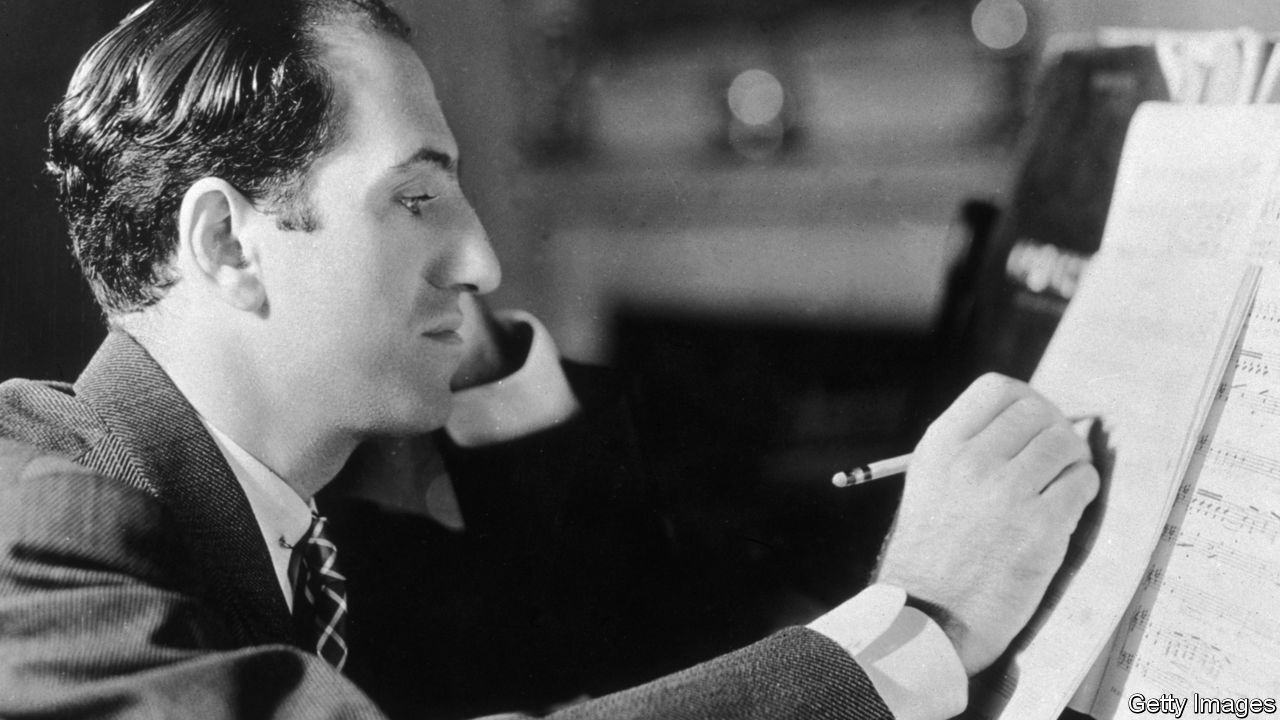
George Gershwin was born at the end of the 19th century, during the term of William McKinley, the 25th President of the United States. Born Jacob Gershowitz in Brooklyn, New York, on September 26, 1898, George was the son of immigrants who came to the United States from St. Petersburg, Russia.
When George was 13, the Gershwin family purchased a secondhand piano for George’s older brother, Ira. At age 15, George was offered a job in Broadway’s famed “Tin Pan Alley” playing the piano to sell songs.
By the time George was 18, his first original song was published. In addition to Porgy and Bess, his most famous works include Rhapsody in Blue and the songs “’S Wonderful” and “I Got Rhythm.”
Porgy and Bess opened in 1935 in New York and Boston to mixed reviews. Two years later, just weeks before his 39th birthday, George Gershwin passed away in Hollywood, California, on July 11, 1937.
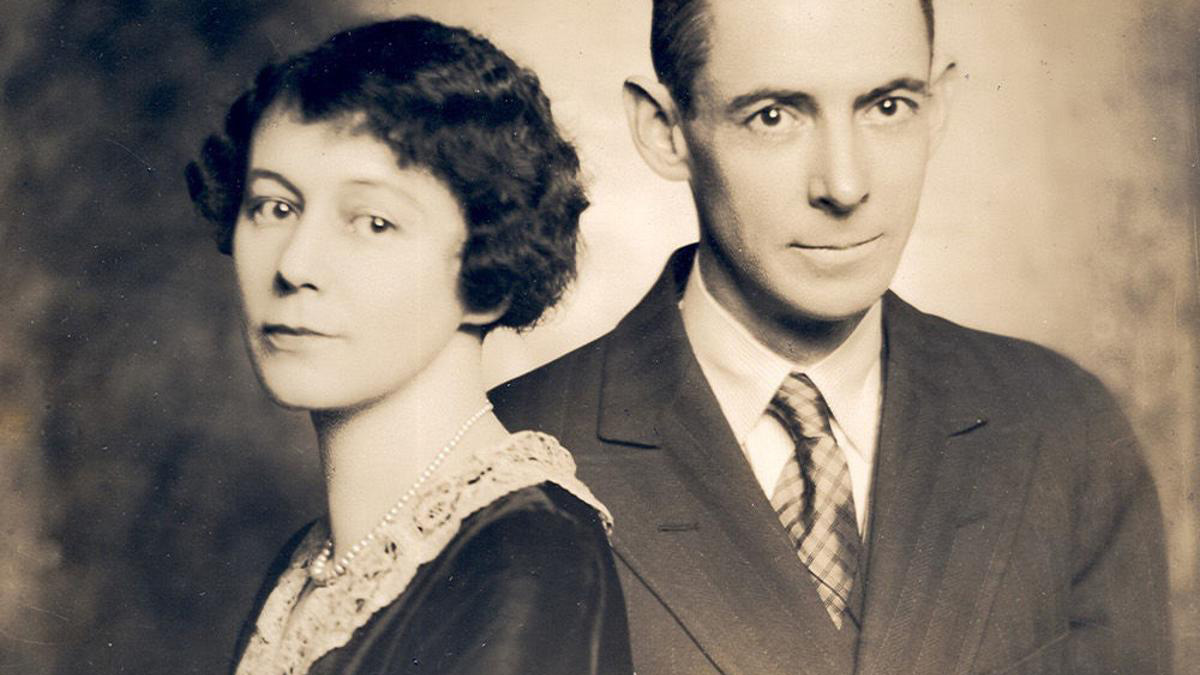
On August 31, 1885, Heyward was born Edwin DuBose Heyward in Charleston, South Carolina. He was the son of a mill hand from an upper class Southern family, once-wealthy plantation owners who lost their money after the Civil War. DuBose attended both private and public schools, but began working at the age of 14 in a hardware store. As a young man, DuBose also worked as a checker for a steamship company alongside stevedores (people who load and unload ships, like Crown in Porgy and Bess).
Frequently sick as a child, DuBose contracted polio when he was 18. Always interested in literature, he passed the time in his sickbed writing verses, stories, and poetry. At 21, DuBose and a friend organized a real estate and insurance company. Once he had the financial resources to support his writing, DuBose started to pursue his writing more seriously.
DuBose’s first major published work was Porgy (1925), the book that inspired the opera. The Heywards’ stage adaptation of Porgy opened in 1927. Dorothy Heyward wrote other plays including South Pacific (1943), which later became a famous musical.
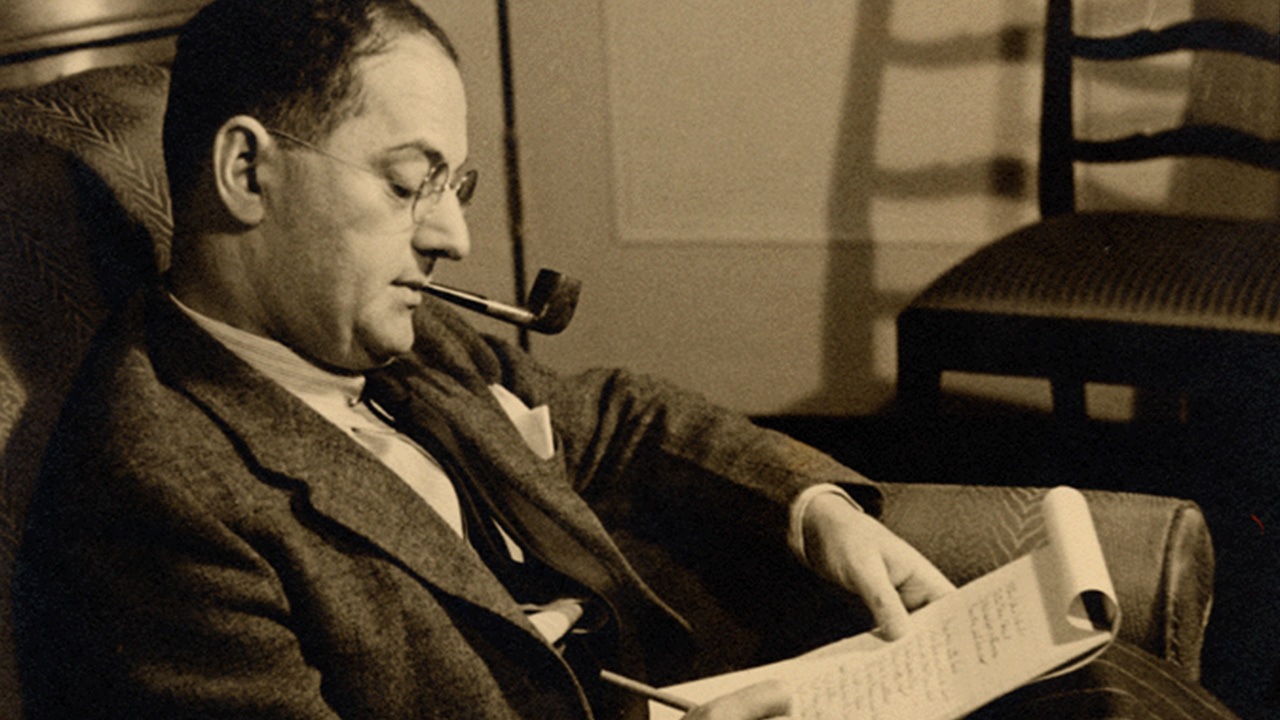
Born in New York’s Lower East Side on December 6, 1896 as Israel Gershowitz, Ira Gershwin started to write lyrics while he was a student at Townsend Harris High School in New York. In 1918, Ira began using a pen name, Arthur Frances, after the first name of his youngest brother and the first name of his only sister.
Not until 1924, when the Gershwin brothers wrote the musical, Lady, Be Good!, was Ira ready to create the long-standing collaboration with George and drop his pen name.
Ira received many nominations of excellence from the Academy of Motion Picture Arts and Sciences (the Oscars), and even received the Pulitzer Prize for Drama for writing the musical comedy Of Thee I Sing in 1932. This was the first musical to ever win the Pulitzer Prize. The final project on which the Gershwin brothers worked together was Porgy and Bess.
After the passing of his brother, Ira went on to collaborate with more composers. Before his own death, Ira created the Gershwin Archive at the Library of Congress to preserve the Gershwin works. Ira Gershwin died in his Beverly Hills, California, home on August 17, 1983.
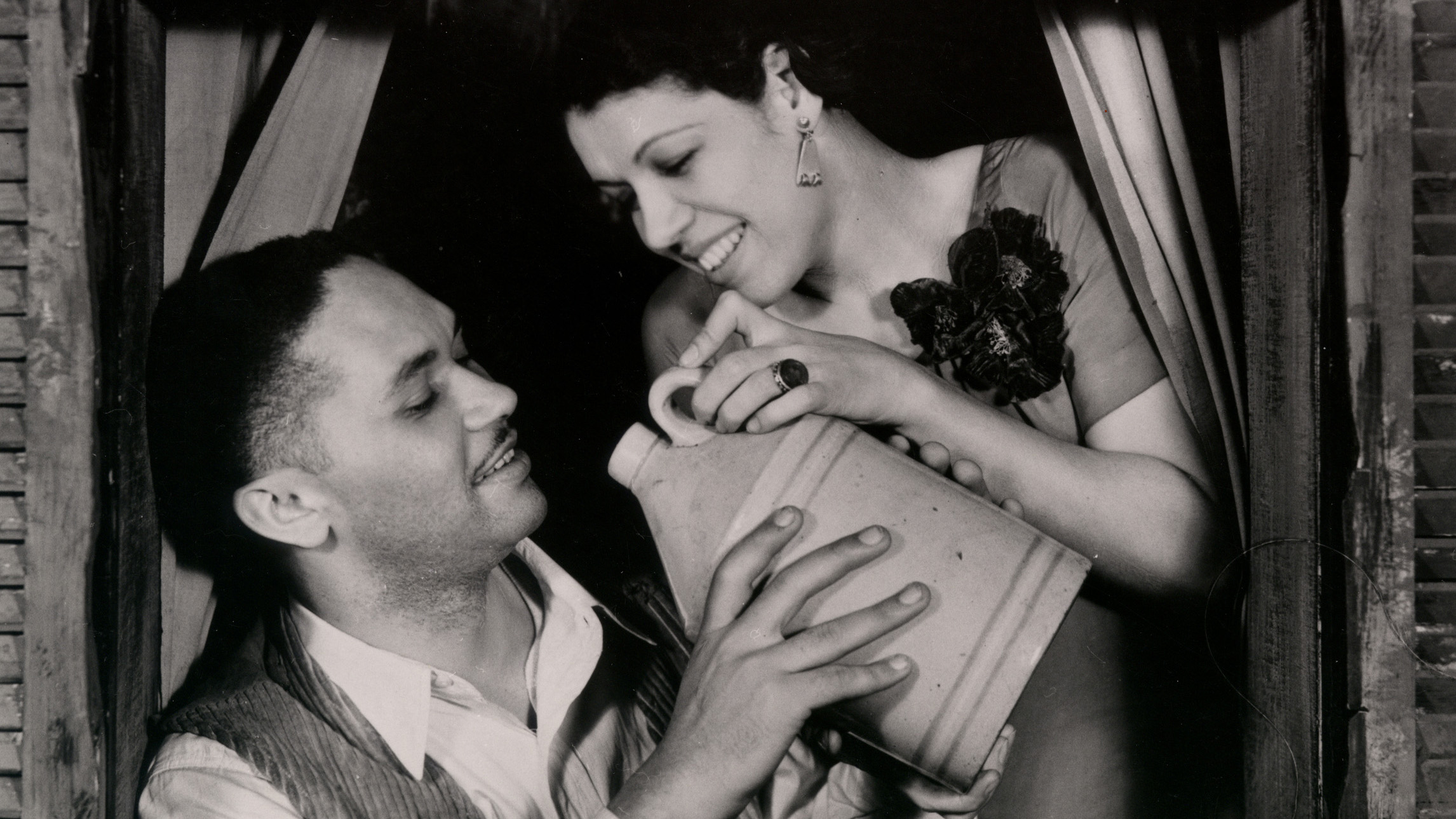 Todd Duncan (Porgy) and Anne Brown (Bess), 1935. Photo courtesy the Ira & Leonore Gershwin Trusts
Todd Duncan (Porgy) and Anne Brown (Bess), 1935. Photo courtesy the Ira & Leonore Gershwin Trusts
George Gershwin knew that selecting the singers for Porgy and Bess would not be easy. His music required vocalists who had classical training, but were also comfortable singing jazz rhythms and tones.
After having traveled nationwide to hear singers, Gershwin invited the opera singer, Todd Duncan, to his apartment to audition for the role of Porgy. After Mr. Duncan sang just twelve bars of the Italian art song, “Lungi dal caro bene,” Gershwin asked him, “Will you be my Porgy?” That was it!
Gershwin found his Bess in Anne Wiggins Brown. For her audition, she sang the Negro spiritual, “A City from Heaven,” unaccompanied (without a piano). She was the first Bess in 1935, sang the role again in 1942, and performed it in the 1945 movie about Gershwin’s life, Rhapsody in Blue.
Both Todd Duncan and Anne Wiggins Brown lived in the nation’s capital! Born in Danville, Kentucky in 1903, Todd Duncan was already a famous bass-baritone (the middle male singing voice) and was teaching voice at Howard University in Washington, D.C. when Gershwin heard of him. In 1945, Duncan became the first African-American singer to perform at New York City Opera.
Born in 1915 to a wealthy Baltimore family, Anne Wiggins Brown attended the Peabody Conservatory (Baltimore) and Juilliard School of Music (New York). It has been said that without Ms. Brown, Porgy and Bess might be known by its original name, Porgy. Anne Wiggins Brown was able to convince George to rewrite the third act so that she could sing “Summertime” (the character Clara also sings “Summertime” in act one) and to change the title of the opera to Porgy and Bess.
Well-known stars from the opera world and Hollywood have played the characters in Porgy and Bess both on stage and in the movie based on the opera, which came out in 1959.
The singers in Porgy and Bess had performed on the finest concert stages around the world. Some even sang for kings and queens! Still, here in the United States, these talented artists were not allowed to sing in many concert halls and theaters just because of the color of their skin.
There was a rule many years ago that was called a “white performers only policy.” This rule and others, such as the signs next to drinking fountains or at restaurants that said, “For whites only,” supported a form of racial discrimination called “segregation” (separation of African-American and white people in public places).
Gershwin thought this policy was unfair. As the Metropolitan Opera did not allow African-American artists to perform in its hall, he decided not to accept a special opportunity presented to him by the Met in 1930 to compose an opera, even though it was a great honor. Gershwin made this choice because he and his brother felt strongly that the cast of Porgy and Bess should be all African-American.
Gershwin was not the first composer to portray the African-American community in opera. In 1915, the well-known ragtime musician Scott Joplin wrote Treemonisha, an opera about an African-American community as it recovered from slavery. Joplin was forced to pay for all the opera’s expenses, so he could not do a fully-staged production with costumes and orchestra. Many years after he passed away, Treemonisha won the Pulitzer Prize.
George Gershwin was fascinated by different types of music and he liked mixing the styles up. To create an opera that would be truly American—a “melting pot” of cultures —he felt it was important to use music from many styles and influences: folk (blues, jubilees, praying songs, street cries, work songs, spirituals, gospel songs), popular (jazz, Broadway’s Tin Pan Alley theater music), and classical (instrumental and vocal, including operatic elements such as recitative, aria, and leitmotifs).
Porgy and Bess is considered by many people to be “The Great American Opera” because Gershwin expressed in this work important elements of American life and people. This opera has been compared with Richard Wagner’s Die Meistersinger von Nürnberg, which represents the culture and traditions of Germany. Wagner once said of his opera, “There’s not just a chorus of mastersingers. Each one of them has a name, character, and all emerge as real people.”
Porgy and Bess is considered truly American with real-life characters, in the same way that Boris Gudunov by Modest Mussorgsky is perceived as the opera of the Russian people. Many do consider Georges Bizet’s Carmen to be the quintessential Spanish opera, even though its composer was French.
Catfish Row, South Carolina
It is evening in Catfish Row, an African-American crowded, waterfront section of town in Charleston, South Carolina. Jasbo Brown is playing the blues on the piano as people dance. Clara sings a lullaby (“Summertime”) to her baby while streetwise Sportin’ Life, Clara’s husband Jake, Mingo, Robbins, and some of the other men are gambling. Porgy, who is disabled, enters.
The game gets heated as tensions rise between losers and winners. The big bully, Crown, kills Robbins, leaving his girlfriend, Bess, behind. Sportin’ Life then asks Bess to go to New York with him, but she refuses.
Helpless, Bess looks for a safe place to hide, but the religious women of Catfish Row close their doors to her. Only Porgy will give her shelter when the police arrive. The community raises money for Robbins’ funeral. Local resident Peter is arrested for killing Robbins. The undertaker consoles Robbins’ wife, Serena, by promising to give Robbins a decent burial.
Catfish Row, one month later
Jake and the fisherman get ready to take Jake’s boat out. Clara begs her husband not to go. Porgy leans out his window singing “I Got Plenty O’ Nuttin’.” As the rest of Catfish Row gets ready for a picnic on Kittiwah Island, Sportin’ Life again tries to tempt Bess to go with him to New York. She refuses. Porgy warns him to stay away from Bess. Sportin’ Life leaves. Porgy sings “Bess, You Is My Woman.”
Everyone is excited about the picnic. Porgy and Maria encourage Bess to go to the picnic. Unable to make the trip, Porgy remains home, but is content with his newfound happiness with Bess.
At the picnic, the Catfish Row community has a wonderful time. The Catfish Row residents are entertained by Sportin’ Life until Serena steps in. As everyone is leaving the island, Crown comes out of hiding to take Bess back. Bess fights with Crown and tells him that she is Porgy’s woman now. Unable to resist Crown, Bess misses the boat back to Catfish Row.
A week later, Peter is released from jail, yet he never knows why he was arrested. Bess has returned home feverish from Kittiwah Island. Serena prays for her health. Bess wakes from her fever, talks with Porgy, and then expresses her love for him (“I Loves You, Porgy”). Porgy promises to protect her from Crown.
The hurricane alarm bell sounds.
The community huddles in Serena’s room during the storm. The door bursts open and Crown is standing in the doorway. The community prays to make Crown leave. Jake’s boat turns upside down in the river. Clara hands her baby to Bess and rushes out into the storm calling for Jake. Bess calls out for a man to go after Clara. Crown says that Porgy is not a real man, since he cannot rescue Clara. Then, Crown goes out into the storm. The other residents of Catfish Row pray for the storm to end.
Catfish Row, the next evening
It is the night after the hurricane. The residents of Catfish Row sing a prayer for all those lost in the storm—Clara, Jake, and Crown. As Crown sneaks back to Catfish Row, Porgy catches him by surprise and kills him.
The police detective wants Porgy to identify Crown’s body. Porgy is arrested. Sportin’ Life tells Bess that Porgy will be locked up for a long time and that she should begin a new life with him in New York (“There’s A Boat Dat’s Leavin’ Soon For New York”). Bess is upset, but finally agrees to go to New York.
Porgy returns from jail. He does not understand why the people look so sad. He calls for Bess but she does not answer. Frantic, he cries out to her. Maria and Serena tell him that Bess was tricked by Sportin’ Life and ran off with him to New York. Porgy does not give up on Bess. He leaves for New York to find Bess (“Oh Lawd, I’m On My Way”).
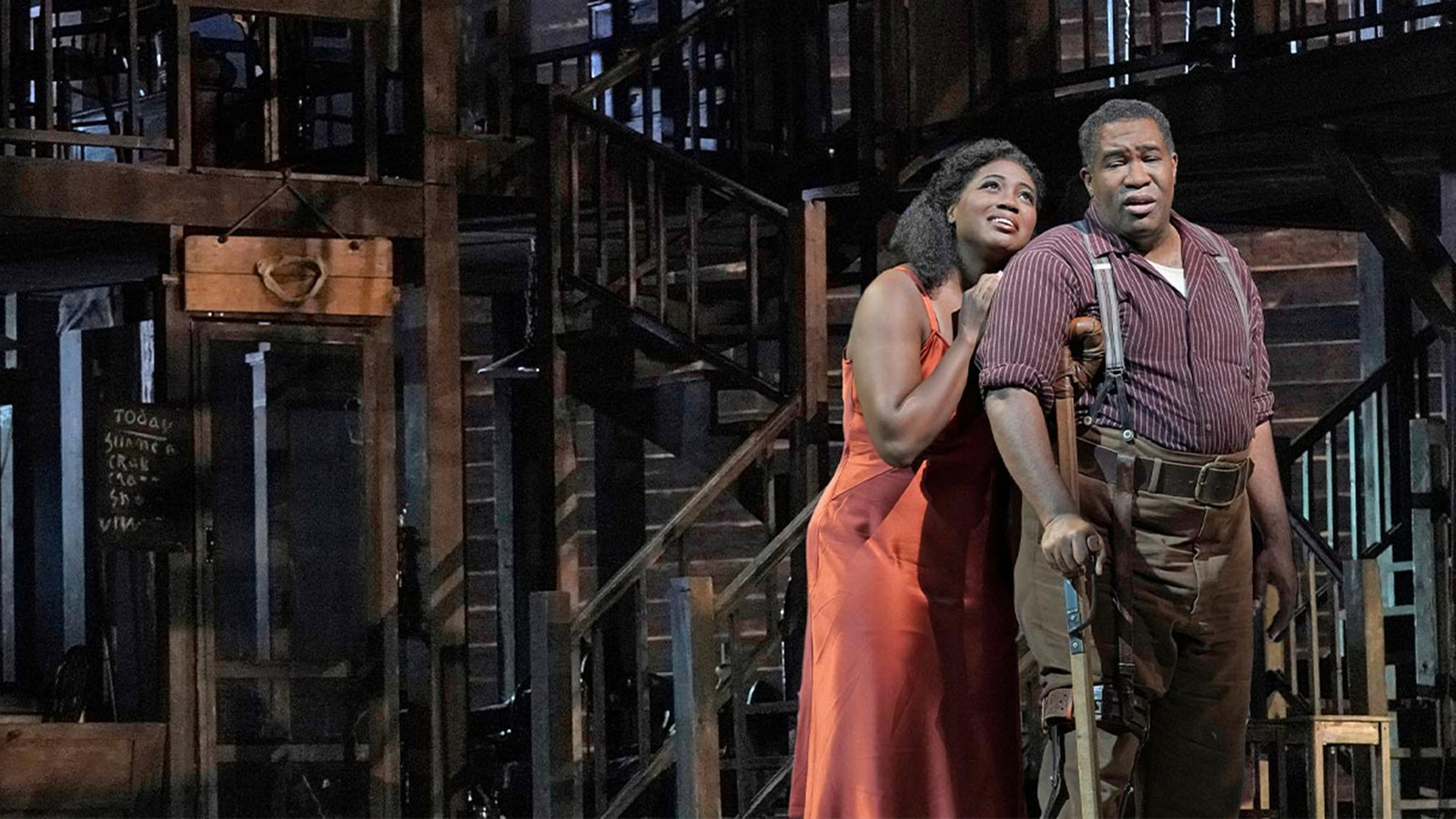 Angel Blue and Eric Owens in Porgy and Bess, photo by Ken Howard. [Metropolitan Opera]
Angel Blue and Eric Owens in Porgy and Bess, photo by Ken Howard. [Metropolitan Opera]
Presented by Washington National Opera, host Saul Lilienstein takes you through the musical world of Gershwin's 1925 quintessential American masterpiece, Porgy and Bess.
Eric Owens and Angel Blue sing the Act I duet “Bess, you is my woman now."

Written by
Adina Williams
Edited by
Lisa Resnick
Produced by
Kennedy Center Education
Digital Learning
The roots of blues can be found in slave songs, spirituals, and field hollers of the American South; its sound can be heard in early rock ’n’ roll, and in today’s alternative and Hip Hop landscapes. Journey with us to learn about the influences and impact the blues has had on musical cultures.
In this interactive microsite, meet the artists, writers, dancers, musicians, activists, philosophers, and patrons of the Harlem Renaissance between the years of 1917 and 1935. Explore how this period in our country's cultural evolution was documented through art, literature, journalism, theater, and film.
Consider this opera’s “Chaotic Neutral” era. You’ll discover 20th-century operas don’t typically celebrate good or evil: they relish the madness and ambiguity of the in between. Which means their musical storytelling will feel and sound vastly different, depending on who’s doing the telling.
Follow the development and impact of classical music in the United States from its humble beginnings in the new colonies through its role in concert halls and Hollywood in the 20th century, to discover how this European tradition helped shape, and in turn was shaped by, American culture, composers and musicians.
A soprano is a soprano because they can sing high and a bass is a bass because they sing low, right? Not really...
Nothing sings romance like a love song. And people have been singing them for thousands of years.
Featuring Eric Owens with Edith Bers, Anthony Freud, and Matthew Horner
Learn about musical theater using examples from Broadway, the history, structure and elements of musical theater, musical theater's role in social commentary, its legacy, and how you too can create a musical.
Eric Friedman
Director, Digital Learning
Kenny Neal
Manager, Digital Education Resources
Tiffany A. Bryant
Manager, Operations and Audience Engagement
Joanna McKee
Program Coordinator, Digital Learning
JoDee Scissors
Content Specialist, Digital Learning
Generous support for educational programs at the Kennedy Center is provided by the U.S. Department of Education. The content of these programs may have been developed under a grant from the U.S. Department of Education but does not necessarily represent the policy of the U.S. Department of Education. You should not assume endorsement by the federal government.
Gifts and grants to educational programs at the Kennedy Center are provided by A. James & Alice B. Clark Foundation; Annenberg Foundation; the Andrew W. Mellon Foundation; Bank of America; Bender Foundation, Inc.; Carter and Melissa Cafritz Trust; Carnegie Corporation of New York; DC Commission on the Arts and Humanities; Estée Lauder; Exelon; Flocabulary; Harman Family Foundation; The Hearst Foundations; the Herb Alpert Foundation; the Howard and Geraldine Polinger Family Foundation; William R. Kenan, Jr. Charitable Trust; the Kimsey Endowment; The King-White Family Foundation and Dr. J. Douglas White; Laird Norton Family Foundation; Little Kids Rock; Lois and Richard England Family Foundation; Dr. Gary Mather and Ms. Christina Co Mather; Dr. Gerald and Paula McNichols Foundation; The Morningstar Foundation;
The Morris and Gwendolyn Cafritz Foundation; Music Theatre International; Myra and Leura Younker Endowment Fund; the National Endowment for the Arts; Newman’s Own Foundation; Nordstrom; Park Foundation, Inc.; Paul M. Angell Family Foundation; The Irene Pollin Audience Development and Community Engagement Initiatives; Prince Charitable Trusts; Soundtrap; The Harold and Mimi Steinberg Charitable Trust; Rosemary Kennedy Education Fund; The Embassy of the United Arab Emirates; UnitedHealth Group; The Victory Foundation; The Volgenau Foundation; Volkswagen Group of America; Dennis & Phyllis Washington; and Wells Fargo. Additional support is provided by the National Committee for the Performing Arts.
Social perspectives and language used to describe diverse cultures, identities, experiences, and historical context or significance may have changed since this resource was produced. Kennedy Center Education is committed to reviewing and updating our content to address these changes. If you have specific feedback, recommendations, or concerns, please contact us at [email protected].